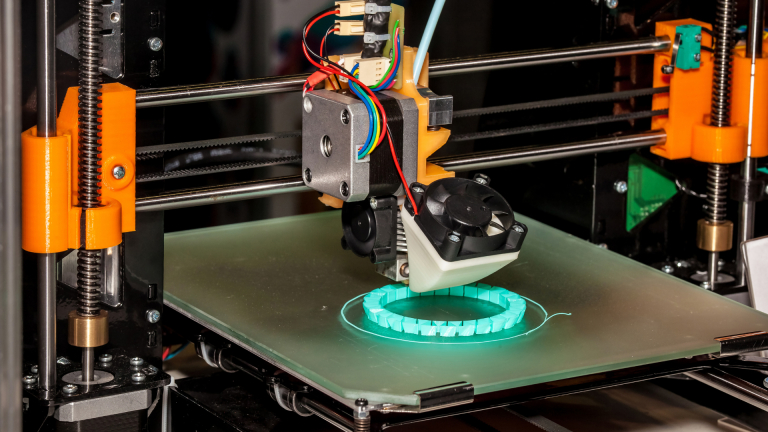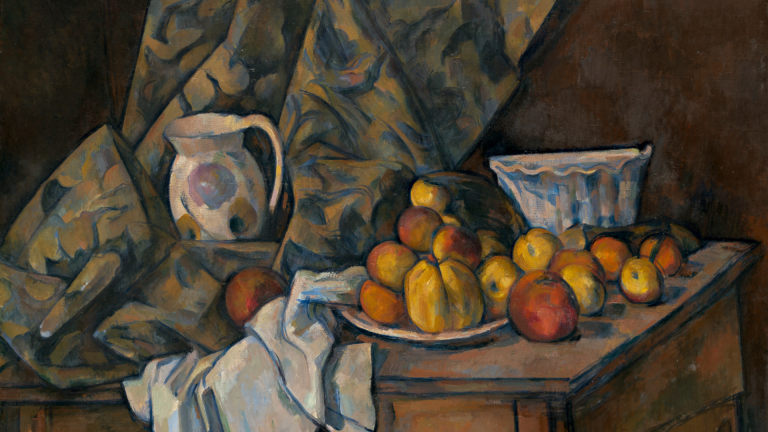Adobe Photoshop is one of the world’s most popular image editing applications, and it’s a must-have for anyone serious about digital design. It is used by hobbyists and professionals alike. From photographers and graphic designers to marketing professionals and video editors, everyone tend to make use of this application.
How To Open an Image in Photoshop?
Photoshop imitates the look and feel of painting with digital ink. When you open an image in photoshop, you can scroll through it by dragging your mouse over the image. The scroll bar at the bottom of the image allows you to scroll left and right and up and down. To zoom in, release the mouse while pressing the + or – keys. As you zoom in, the scroll bar will lock into place, and you will only see a magnified portion of the image.
What Are the Saving and File Format Recommendations?
Getting started, saving files in the Photoshop (PSD) format is simple; simply select File > Save As > Photoshop (PSD). The format is more complex, however, once you get into it. Photoshop saves files in a proprietary format, and while Adobe has made the process of creating a PS file very simple, a wide variety of options are available. In many ways, the file format choices in Photoshop are nearly as important as the format itself.
What is a Photoshop Toolbox?
The Adobe Photoshop Toolbox gives you quick access to the essential tools available in the app. It offers various tools designed to speed up your Photoshop workflow. You can apply filters, adjust curves, adjust levels, and perform many other tasks with just a few clicks. Plus, you can access the Toolbox from Photoshop’s Window menu, so that you are able to quickly access the tools you use most often.
What are Extensions?
When it comes to using Adobe Photoshop, extensions serve as invaluable tools that enhance the software’s functionality and cater to specific needs. Think of extensions as add-ons or plugins designed to augment your Photoshop experience. These extensions can range from advanced filters and specialized brushes to time-saving automation scripts. With an Adobe extension, users can seamlessly integrate third-party features into their workflow, unlocking a multitude of creative possibilities.
Whether you’re looking to streamline your photo editing process, explore new design techniques, or access a library of unique effects, installing the right Adobe extension can significantly amplify your capabilities within the software. As you delve into the world of Photoshop, keep an eye out for the diverse range of Adobe extensions available, each offering a distinct set of tools to elevate your digital creativity.
What Is the Difference Between Global and Local Adjustments?
Global Adjustment controls all tones in the image while Local Adjustment controls tones in a selected portion of the image. Adobe Photoshop includes a number of Local Adjustments under the Adjustments menu.
Layers
When scanning older photos for editing, it can be frustrating to find that the contrast or color accuracy in the scanner is not quite as good as the original. Adobe Photoshop has features that can better a scanned image, and the “Layers” panel is one of the tools essential to making image edits.
Layer Masks
Layer masks allow you to hide or reveal particular areas of a layer, essentially creating invisible pixels. Photoshop uses layer masks to do most of the work regarding editing images, so they’re an important tool to have in your arsenal.
Blend Modes
You can apply blend modes to layers to produce the desired output. It can change the output, such as changing from full opacity to reverse or vice versa. Use a blend mode to change colors without modifying an image. One blend mode that is helpful when changing colors is Hue. Apparently, Blend modes can be applied in almost every layer.
Filters
Adobe recently upgraded its Photoshop CC software to create even more effects that you can add to your photos. These effects include color temperature, plain black and white, and black and white with color tint. The way you use these filters is completely up to you.
Smart Objects
Smart Objects are just what they sound like, an object that automatically updates when modified outside of Photoshop. They allow you to reuse parts of your design in multiple documents and modify the object once in Photoshop. This makes it easy to quickly update your design when included in a new document without having to recreate it from scratch.
Opacity
Opacity is a vital concept to grasp and is key to making your work pop. It allows you to selectively block out certain parts of your layers and add a soft, blurred effect. Limiting the light coming into your layers allows you to create shadows that appear soft and hazy.
Adjustment Layers
Adjustment Layers in Photoshop are super useful. They are saved as curves, so you get the added benefit of visibility. Adjustment Layers are on-the-fly tools that you can add to an image, much like you would adjust a curve on a graph. You can adjust hue, saturation, lightness, contrast, and more. You can even convert an image to black and white or sepia.
Adobe Photoshop is an application that many professionals use. It is a powerful tool that allows you to do just about anything you want with images. There are no limits on your creativity. The learning curve isn’t steep, and you can find tutorials online and in books. But again, use your imagination.



